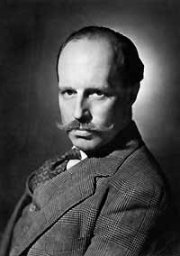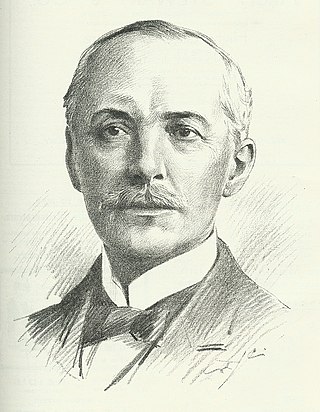
Sir Basil Urwin Spence, was a Scottish architect, most notably associated with Coventry Cathedral in England and the Beehive in New Zealand, but also responsible for numerous other buildings in the Modernist/Brutalist style.
The year 1960 in architecture involved some significant architectural events and new buildings.
The year 1873 in architecture involved some significant architectural events and new buildings.
The year 1932 in architecture involved some significant events.
The year 1886 in architecture involved some significant architectural events and new buildings.
The year 1885 in architecture involved some significant architectural events and new buildings.
The year 1953 in architecture involved some significant events.
The year 1874 in architecture involved some significant architectural events and new buildings.
The year 1892 in architecture involved some significant events.
The year 1868 in architecture involved some significant events.
The year 1883 in architecture involved some significant events.
The year 1812 in architecture involved some significant events.
The year 1832 in architecture involved some significant architectural events and new buildings.
The year 1912 in architecture involved some significant architectural events and new buildings.

Sir Robert Rowand Anderson, was a Scottish Victorian architect. Anderson trained in the office of George Gilbert Scott in London before setting up his own practice in Edinburgh in 1860. During the 1860s his main work was small churches in the 'First Pointed' style that is characteristic of Scott's former assistants. By 1880 his practice was designing some of the most prestigious public and private buildings in Scotland.

David BryceFRSE FRIBA RSA was a Scottish architect.
The year 1882 in architecture involved some significant architectural events and new buildings.

Sir John James Burnet was a Scottish Edwardian architect who was noted for a number of prominent buildings in Glasgow and London. He was the son of the architect John Burnet, and later went into partnership with his father, joining an architectural firm which would become an influential force in British Modern architecture in the 20th century.

Sir George Washington Browne was a Scottish architect. He was born in Glasgow, and trained there and in London. He spent most of his career in Edinburgh, although his work can be found throughout Scotland and beyond. He was involved in nearly 300 projects, including many public and commercial buildings. One of his most notable buildings is Edinburgh's Central Library, and he became recognised as an authority on library planning and design. He came to national attention after winning a competition to design a bridge over the River Thames in London, although this was never realised. He was the first architect to be elected as President of the Royal Scottish Academy. He also served as President of the Edinburgh Architectural Association, and was instrumental in setting up the Royal Fine Art Commission for Scotland.

George Street is the central thoroughfare of the First New Town of Edinburgh, planned in the 18th century by James Craig.







